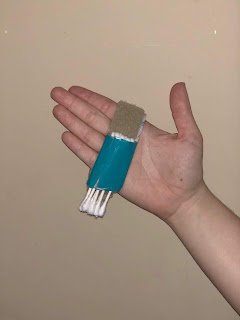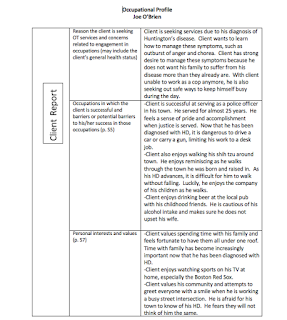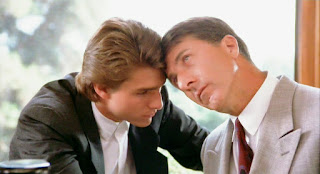Neuro Note 4
For my final neuro note, I decided to begin by searching Netflix without a set concentration. I decided to watch My Beautiful Broken Brain, starring and co-directed by Lotje Sodderland, a young woman whose life was turned upside down when she had a hemorrhagic stroke at the age of 34. One of the reasons I chose to watch this documentary was because of the type of stroke she had. Earlier this semester I learned about cerebrovascular accidents. I was able to identify her stroke as hemorrhagic before revisiting my notes. Lotje was especially interesting to me since hemorrhagic strokes only account for about 13% of strokes, and are more fatal. I was immediately attracted when the film started with her recount while having the stroke. I was surprised at the detail of her description as she talked of first feeling an excruciating headache and then acknowledging that she was unable to talk. She recalls crazy colo...


